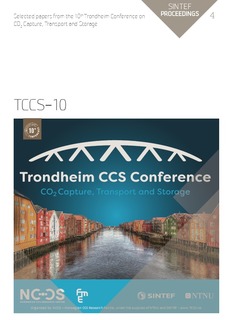| dc.description.abstract | CO2 capture opportunities for the Norwegian silicon industry have been assessed through a techno-economic investigation. Two silicon plants have been studied for integration with a split-flow MEA-based CO2 capture plant. The two plants considered produce different silicon products, and while the base production process is similar, there are differences that affect implementation of CO2 capture. Initially, the purpose of the investigation was to identify partial capture scenarios that could reduce the cost of capture and thereby the threshold for implementing CO2 capture. The investigation showed that there was sufficient excess heat to achieve a capture rate of 90% for both plants. However, as there are silicon plants that do recover the energy today for power and heat production, a seasonal partial capture scenario was developed. Here, the energy is converted to district heating and sold during the winter months and assumed available for CO2 capture during the summer months. Due to there being sufficient heat, a major part of the investigation was still centered around exploring 90% capture rate scenarios. The first plant is a small plant (~55 kt CO2 annually) with a low CO2 concertation in the furnace off-gas (1 vol%), which resulted in a high capture cost, ~ 120 €/t CO2. The second plant is a larger plant (~250 kt CO2 annually) with a higher CO2 concentration in the furnace off-gas, but still quite low from a CO2 capture perspective at ~4 vol%. For this plant, the effect of off-gas recycling to increase the CO2 concertation was assessed. Three scenarios were studied, and the result gave a capture cost between 45 – 55 €/t CO2 captured. Even though the plants both produce silicon products, they have a very different starting point and economic potential when it comes to implementation of carbon capture and storage (CCS). The investigation into seasonal partial capture gave some interesting results and warrants further investigation. | |

